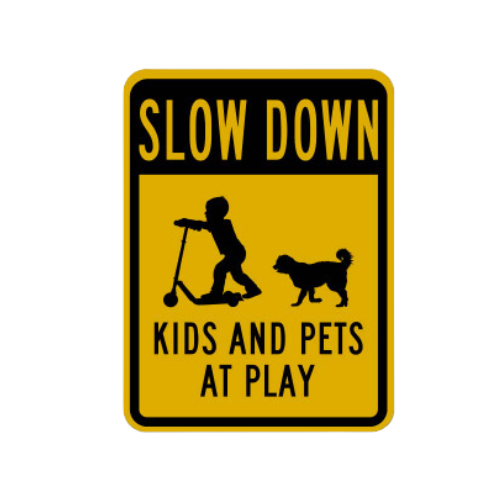Smart Trail Runners Keep Their Dogs Safe and Happy on the Trail
Trail running with a dog can turn a good run into a great one. Sharing the trail with a canine companion adds energy, companionship and motivation. But to keep the experience safe and enjoyable, both runner and dog need preparation and awareness. For outdoor enthusiasts, planning makes every run better for both species.
Dogs have their own physical limits, conditioning needs and safety requirements. By paying attention to these details, runners can help their dogs thrive on the trails.
Start With Conditioning and Readiness
Just like humans, dogs need to build endurance gradually. Before hitting the trails, ensure your dog is healthy, fit and cleared by a veterinarian for running. Start with short walks and jogs on soft surfaces to strengthen muscles and pads.
Watch for signs of fatigue, especially in warm weather or on longer runs. Puppies and older dogs may need modified routines, while breeds with joint sensitivities may benefit from shorter, less technical routes.
Always remember that dogs don’t pace themselves the way humans do. It’s up to the runner to observe and adjust based on the dog’s behavior and energy level.
Use the Right Gear
Trail-specific gear can make a big difference in safety and comfort. A well-fitted harness provides better control without putting pressure on the neck. Hands-free leashes that clip to a waist belt allow for easier movement and balance on the trail. Other essentials include:
- Collapsible water bowls and extra water
- Dog-safe trail snacks or treats
- ID tags and updated microchip information
Paw protection may be necessary on rough, hot, or icy terrain. Check your dog’s paws after each run for cuts or irritation.
Follow Trail Etiquette and Rules
Before heading out, verify that the trail allows dogs. Some public lands or parks restrict access, especially during wildlife-sensitive seasons. Keep your dog leashed unless signs clearly indicate otherwise and your dog has a reliable recall.
Be respectful of other runners, hikers and wildlife. Not everyone is comfortable around dogs, and sudden movements can startle animals. Always clean up after your dog to help maintain access to pet-friendly trails.
Be Aware of Hazards
Certain trail risks make dogs more vulnerable. Watch wildlife, toxic plants, sharp rocks and excessive heat. Avoid running during the hottest part of the day and offer water frequently to prevent overheating.
Ticks, burrs and insect bites are more common on wooded or grassy trails. Give your dog a quick once-over after each outing, and stay up to date on flea and tick prevention.
Shared Trails, Shared Joy
Running with a dog builds a stronger bond and adds meaning to every mile. For animal lovers like Steven Rindner, time spent on the trail with a four-legged partner turns routine exercise into a shared adventure grounded in trust, care and connection.

